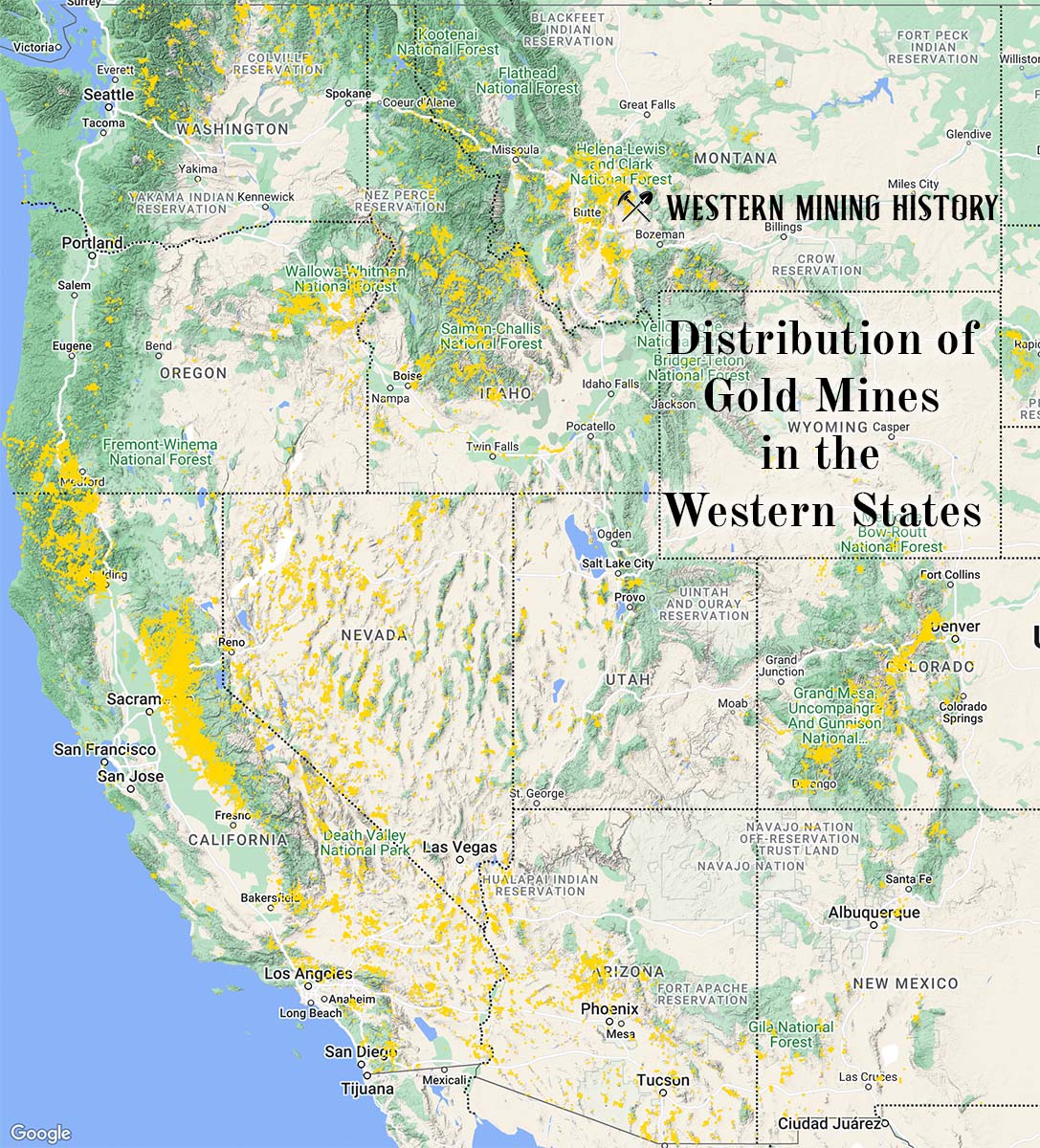The Hoodoo and South Landlocked Bay Mining Co. is a copper and zinc mine located in Alaska.
About the MRDS Data:
All mine locations were obtained from the USGS Mineral Resources Data System. The locations and other information in this database have not been verified for accuracy. It should be assumed that all mines are on private property.
Mine Info
Hoodoo and South Landlocked Bay Mining Co. MRDS details
Site Name
Primary: Hoodoo and South Landlocked Bay Mining Co.
Commodity
Primary: Copper
Primary: Zinc
Secondary: Gold
Secondary: Silver
Location
State: Alaska
District: Prince William Sound
Land Status
Not available
Holdings
Not available
Workings
Not available
Ownership
Not available
Production
Not available
Deposit
Record Type: Site
Operation Category: Past Producer
Operation Type: Unknown
Years of Production:
Organization:
Significant:
Physiography
Not available
Mineral Deposit Model
Model Name: Massive sulfide, Cyprus
Orebody
Not available
Structure
Not available
Alterations
Alteration Type: L
Alteration Text: Oxidation of copper minerals.
Rocks
Name: Metavolcanic Rock
Role: Host
Age Type: Host Rock Unit
Age Young: Pliocene
Name: Metavolcanic Rock
Role: Host
Age Type: Host Rock
Age Young: Pliocene
Analytical Data
Not available
Materials
Ore: Sphalerite
Ore: Chalcopyrite
Ore: Copper
Gangue: Quartz
Comments
Comment (Exploration): Status = Inactive
Comment (Geology): Age = Tertiary based on the age of the host rocks.
Comment (Reserve-Resource): Reserves = Hoodo: inferred reserves of 300 tons @ 1.29% Cu, 0.34% Zn, and 7.97 ppm Ag. South Landlocked Bay: inferred reserves of 600 tons @ 4.7% Cu and 2.6% Zn (Jansons and others, 1984).
Comment (Deposit): Model Name = Cyprus massive sulfide (Cox and SInger, 1986; model 24a)
Comment (Workings): Workings / Exploration = Development work began in 1904 (Cobb, 1979: OFR 79-973) Extensive surface stripping at 230 feet elevation exposed about 75 feet of a 3-foot-wide mineralized zone in metavolcanic rock striking N45W, and dipping 60 NE. Four tunnels were driven, the longest of which was 180 feet (Capps and Johnson, 1913). In 1953 one tunnel was inaccessible (Mihelich and Wells, 1957). Early assays contained 0.48 to 1.06 oz. Au/ton. Recent sampling (Jansons and others, 1984) of five chip samples from one adit contained 0.11 ppm to 2.9% Cu, 680 ppm to 0.95% Zn, <0.03 to 0.03 ppm Au, and 0.2 to 13.9 ppm Ag. Three grab samples contained 1.14% to 19.3% Cu, 0.95 to 2.25% Zn, 0.15 ppm to 44 ppm Au, and 0.23 ppm to 34 ppm Ag.
Comment (Deposit): Other Comments = Crowe and others (1992; 1993) and Sainsbury (1993) discuss the genesis of the volcanogenic massive sulfide deposits in this area.? Chugach Alaska Corporation, Anchorage, Alaska has control of these lands.
Comment (Production): Production Notes = None reported from Hoodo. The South Landlocked Bay mine produced 74, 240 lbs. Cu (Mihelich and Wells, 1957).
Comment (Commodity): Ore Material = Copper (native)
Comment (Geology): Geologic Description = The mineral deposits at this site are in mafic volcanic rocks (greenstone) of the Tertiary Orca Group (Nelson and others, 1985) and consist of massive sulfide lenses in shear zones 1.5 ft. to 3 ft. wide (Jansons and others, 1984). The ore minerals are mainly chalcopyrite and sphalerite; native copper is also reported.? Development work began in 1904 (Cobb, 1979: OFR 79-973). Extensive surface stripping at 230 feet elevation exposed about 75 feet of a 3-foot-wide mineralized zone in metavolcanic rock striking N45W, and dipping 60 NE. Four tunnels were driven, the longest of which was 180 feet (Capps and Johnson, 1913). In 1953 one tunnel was inaccessible (Mihelich and Wells, 1957). Early assays contained 0.48 to 1.06 oz. Au/ton. Recent sampling (Jansons and others, 1984) of five chip samples from one adit contained 0.11 ppm to 2.9% Cu, 680 ppm to 0.95% Zn, <0.03 to 0.03 ppm Au, and 0.2 to 13.9 ppm Ag. Three grab samples contained 1.14% to 19.3% Cu, 0.95 to 2.25% Zn, 0.15 ppm to 44 ppm Au, and 0.23 ppm to 34 ppm Ag.
Comment (Reference): Primary Reference = Jansons and others, 1984
References
Reference (Deposit): Jansons, Uldis, Hoekzema, R.B., Kurtak, J.M., and Fechner, S.A., 1984, Mineral occurrences in the Chugach National Forest, Southcentral Alaska: U.S. Bureau of Mines Open-File Report 5-84, 218 p., 2 sheets, scale 1:250,000.
Reference (Deposit): Crowe, D.E., Nelson, S.W., Brown, P.E., Shanks III, W.C., and Valley, J.W., 1992, Geology and geochemistry of volcanogenic massive sulfide deposits and related igneous rocks, Prince William Sound, south-central Alaska: Economic Geology, v. 87, p. 1722-1746.
Reference (Deposit): Cobb, E.H., 1972, Metallic mineral resources map of the Cordova quadrangle, Alaska: U.S. Geological Survey Miscellaneous Field Studies Map MF-392, 1 sheet, scale 1:250,000.
Reference (Deposit): Cobb, E.H., 1979, Summary of references to mineral occurrences (other than mineral fuels and construction materials) in the Cordova quadragle, Alaska: U.S. Geological Survey Open-file Report OF 79-973, 73 p.
Reference (Deposit): Nelson, S.W., Dumoulin, J. A., and Miller, M.L., 1985, Geologic map of the Chugach National Forest, Alaska: U.S. Geological Survey Miscellaneous Field Studies Map MF-1645-B, 16 p., 1 sheet, scale 1:250,000.
Reference (Deposit): Crowe, D.E., Nelson, S.W., Brown, P.E., Shanks III, W.C., and Valley, J.W., 1993, Geology and geochemistry of volcanogenic massive sulfide deposits and related igneous rocks, Prince William Sound, south-central Alaska-A reply: Economic Geology, v. 88, p. 1285-1288.
Reference (Deposit): Capps, S.R., and Johnson, B.L., 1913, Mineral deposits of the Ellamar district: U.S. Geological Survey Bulletin 542, p. 86-124.
Reference (Deposit): Mihelich, M., and Wells, R.R., 1957, Copper mines and prospects adjacent to Landlocked Bay, Prince William Sound, Alaska: U.S. Bureau of Mines Report of Investigations RI 5320, 21 p.
The Top Ten Gold Producing States

These ten states contributed the most to the gold production that built the West from 1848 through the 1930s. The Top Ten Gold Producing States.